A two-seat BMW roadster concept at Geneva has launched a new styling language and driver information system due for production in 2013 on the production VisionED sportscar and MegaCity EV.
Called the Vision ConnectedDrive, the two-seater features new headlamps and body surfacing, a shark-nose grille and next-gen driver information displays, including a radical new three-dimensional dashboard interface.
See all the pics of the BMW Vision ConnectedDrive concept plus show pics
Most notable of the Vision ConnectedDrive concept’s detailed features are the front and rear styling, including the round headlamps and traditional L-shaped tail lamps, which are said to provide clear hints of design boss Adrian von Hooydonk’s direction to progress the look of future BMW production models.
“There are certain features which have been chosen because they reflect the look you’ll see on new models already in the pipeline,” said a source involved in the development of the new concept. “And you won’t have to wait too long before they become reality.”
Mirroring the approach taken with the earlier Vision EfficientDynamics concept wheeled out in 2009, BMW’s design team have also provided the Vision ConnectedDrive with taut surfacing treatment and so-called ‘layered’ surface elements. Hooydonk said: “The layering principle requires that individual components take on a number of tasks. By working with different layers, organic radii and surfaces, the layering concept breaks up large visual volumes.”
Read more on BMW's new eco-supercar plans
As intriguing are the sliding doors. Inspired by those on the iconic Z1 sportscar, produced in limited volume between 1989 and 1991, they open by sliding inside the adjacent bodywork, enabling entry over a high sill.
As its name suggests the Vision ConnectedDrive carries a host of never-before-revealed technology that BMW is working on to provide a more streamlined transfer of information to the driver.
BMW knows that the day is rapidly approaching when on-board sensors will deliver so much data to the driver that innovative ways are needed to present the information so it can be absorbed and acted upon quickly.Intended to replace the conventional instrument cluster, the next-gen HUD will display info like road speed and sat-nav directions in three-dimensions.

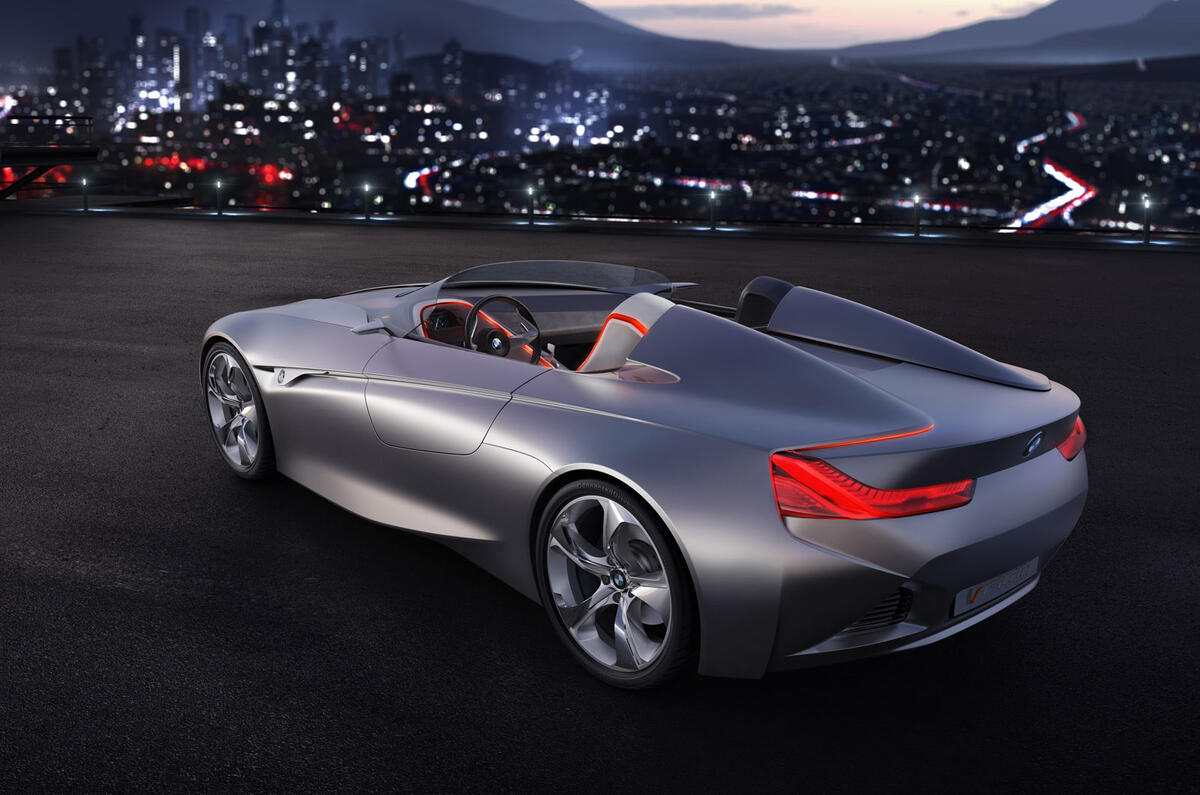
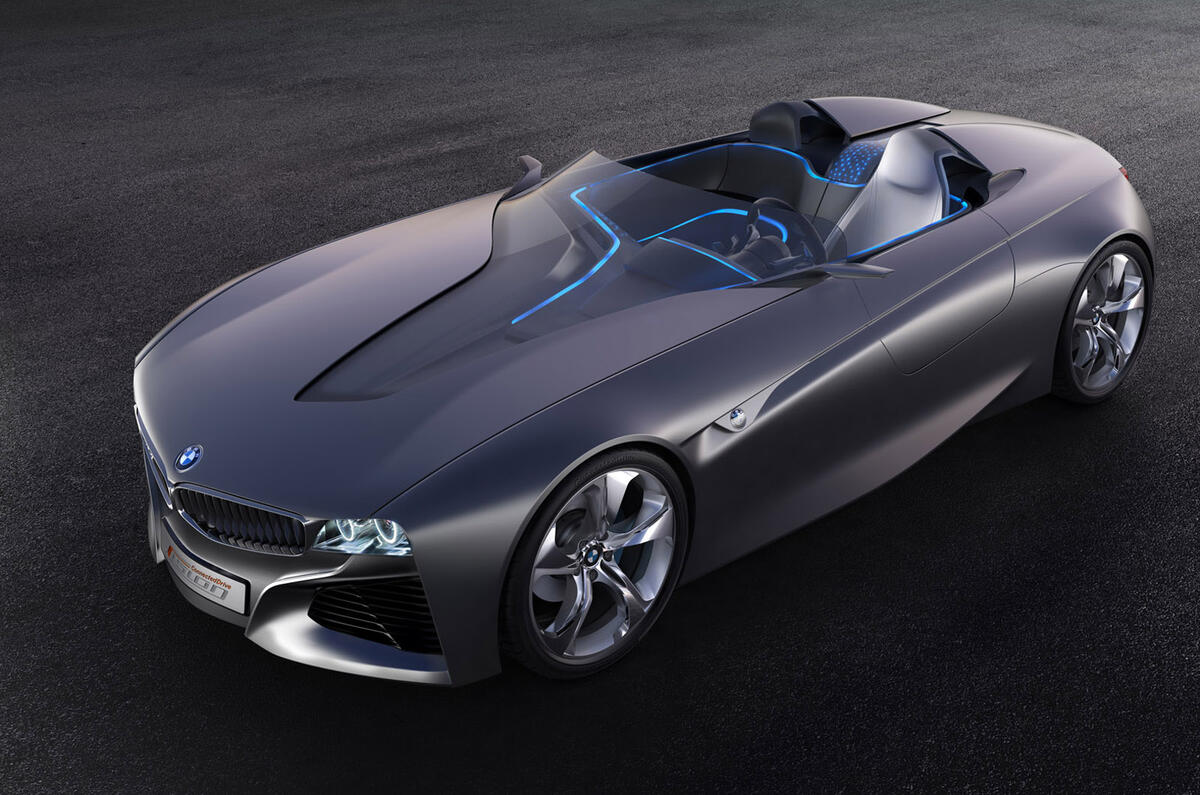

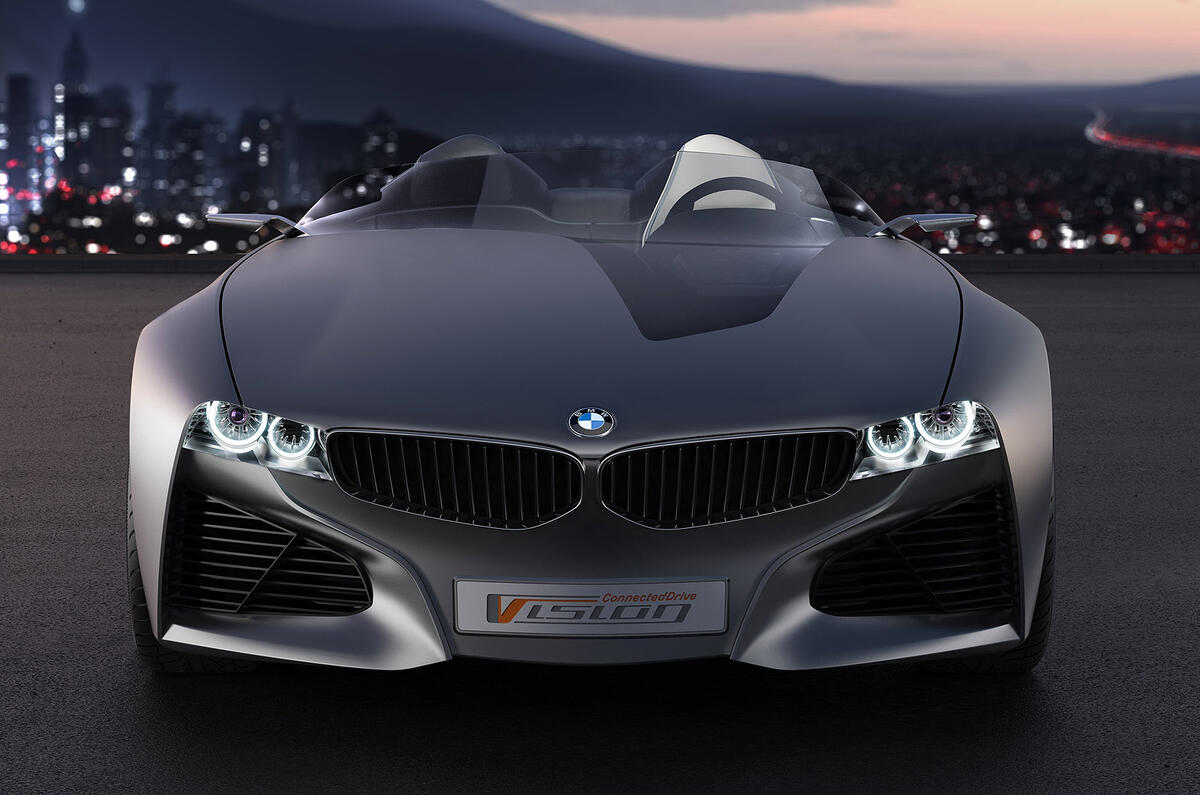
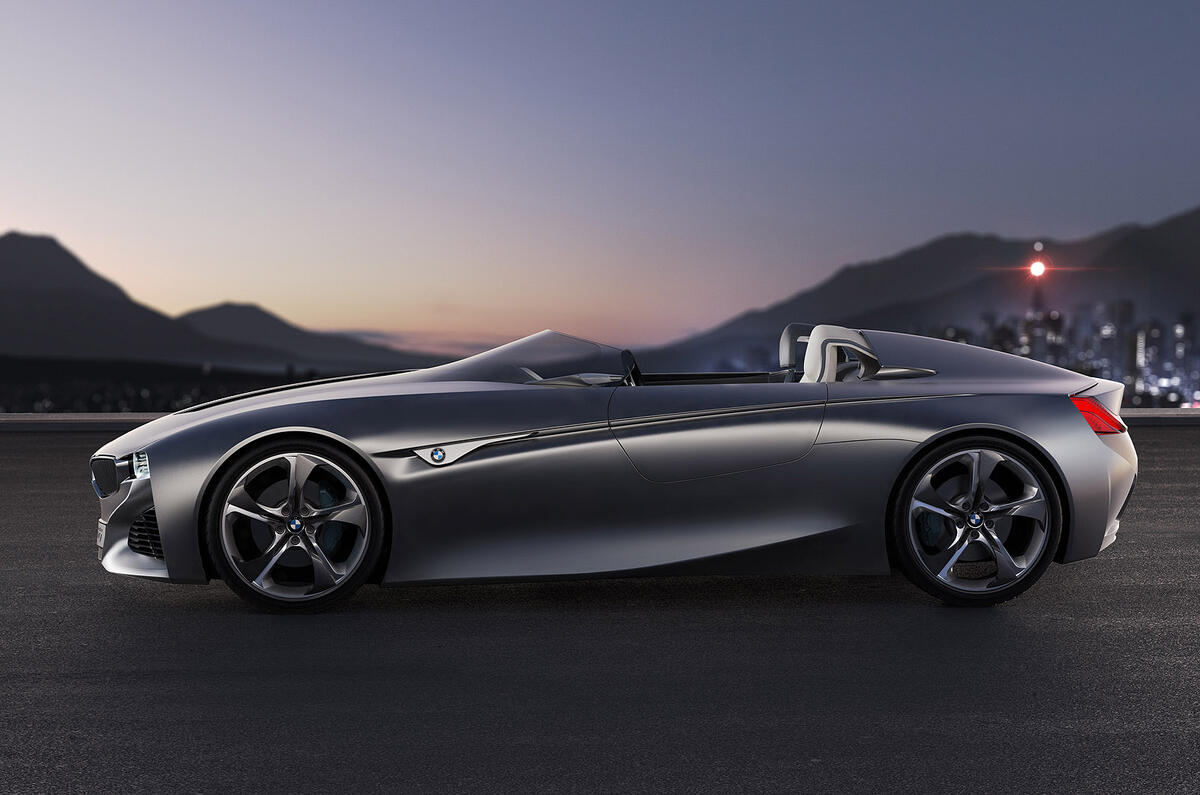
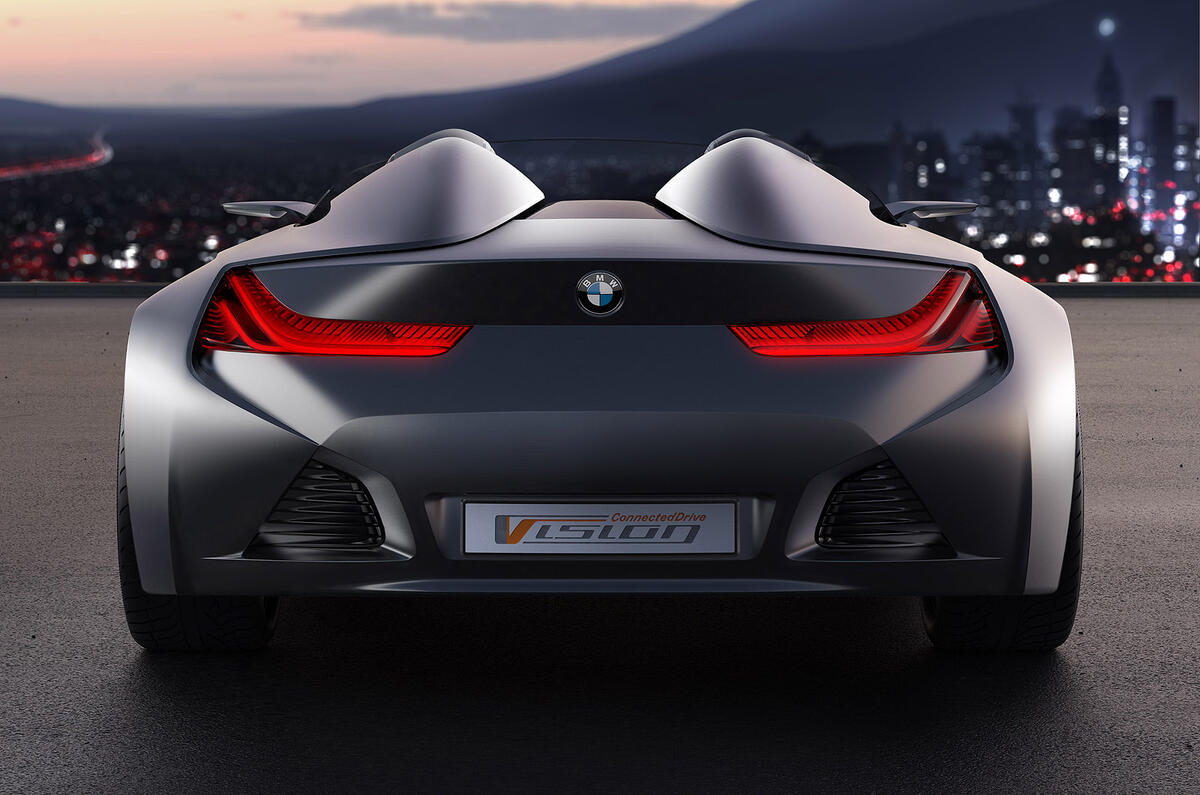
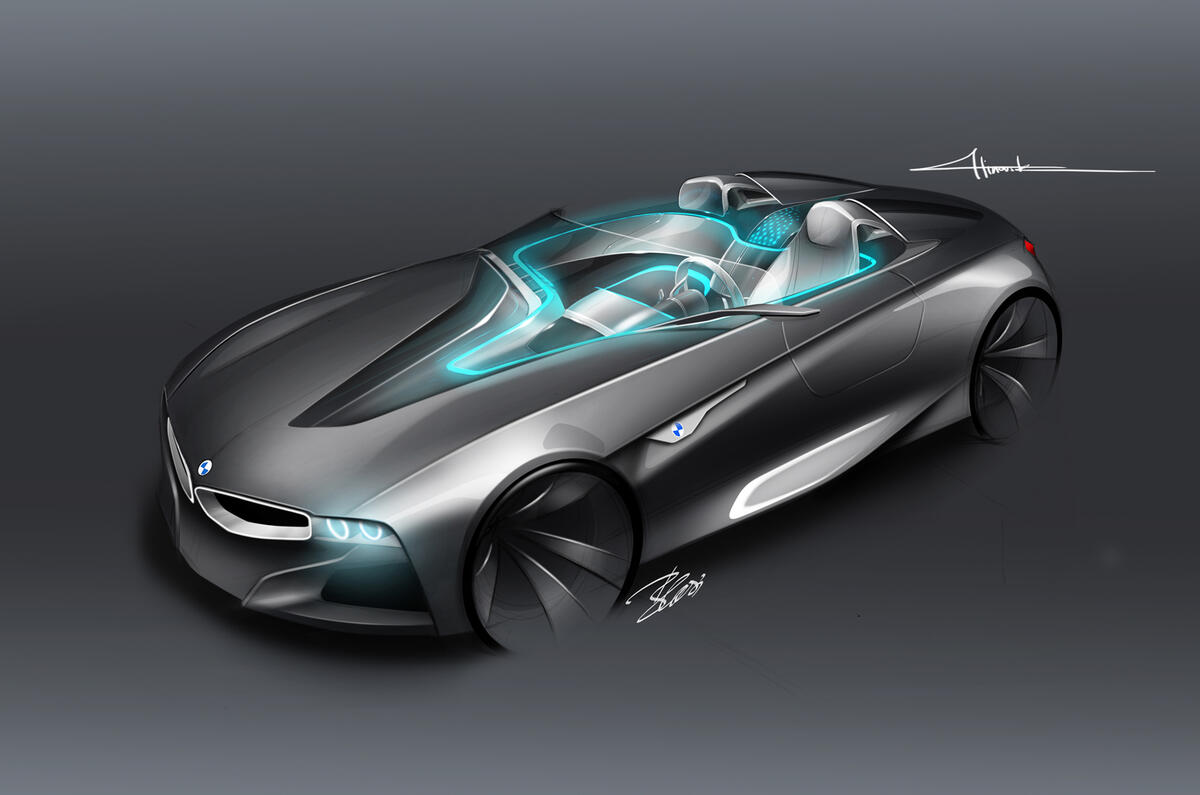
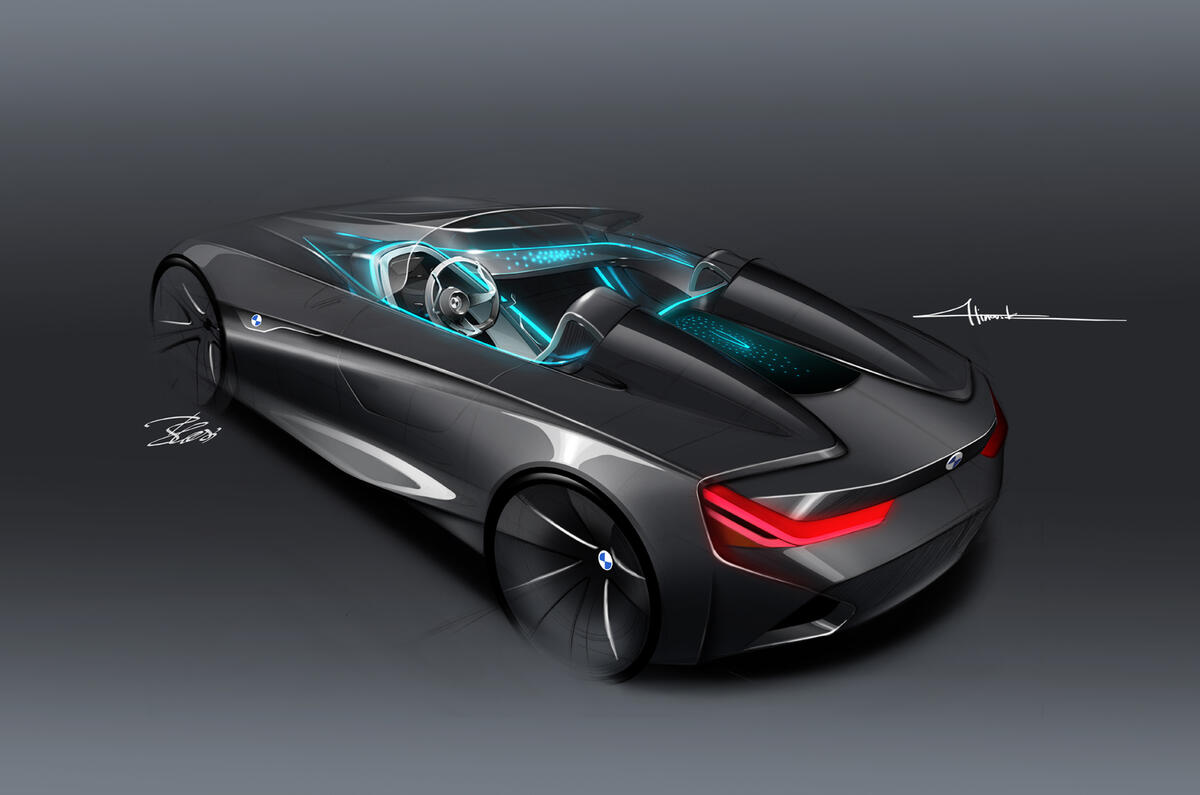
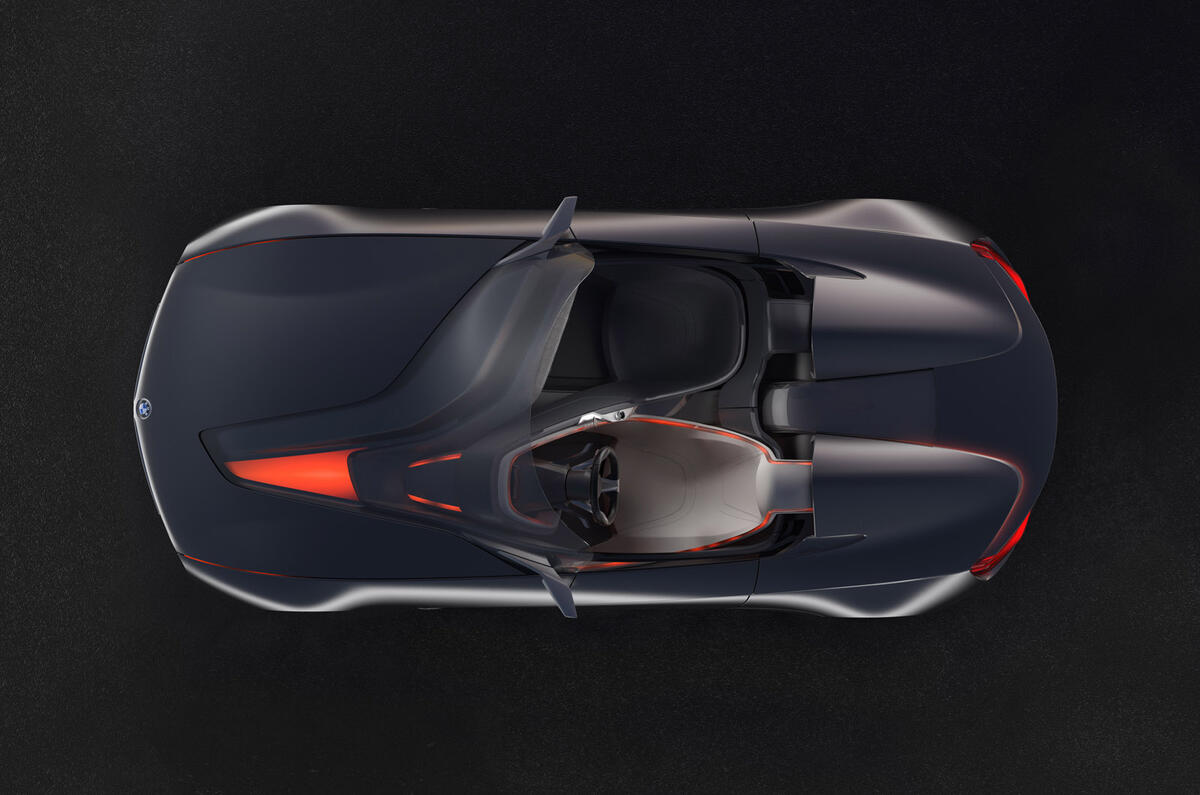

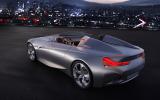
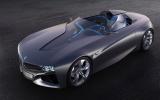
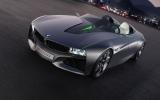

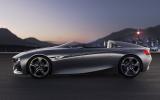
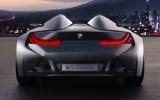
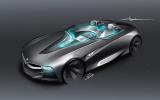
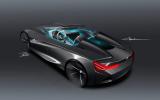
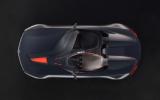
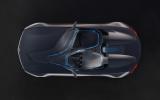


Join the debate
Add your comment
Tremendous new model
I really like this car - bmw being creative
tailored car mats